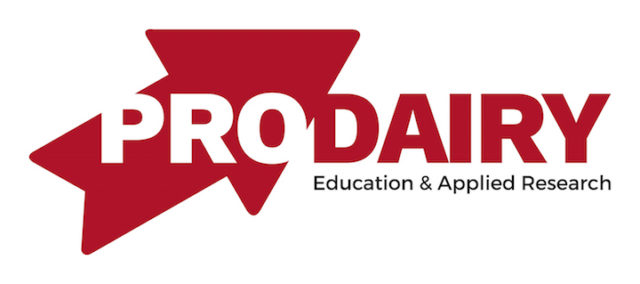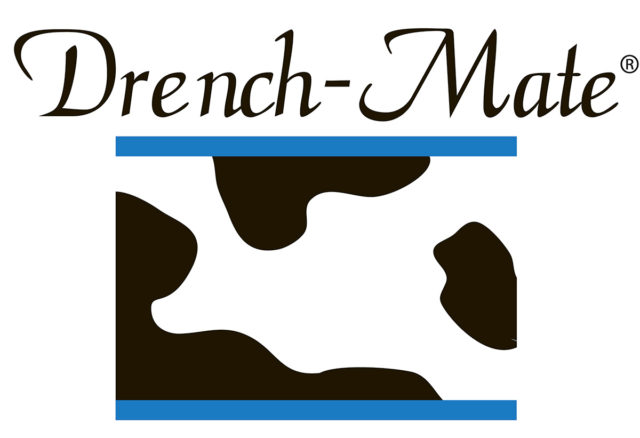Picture this: A man who lives on an upper floor of an apartment building comes home late at night and starts to undress. He first takes off one shoe and drops it loudly on the floor, waking up the occupants on the floor below. He is struck by the thought of his sleeping neighbors and remembers to be quiet. To that end, he takes off the other shoe and sets it down carefully and silently. What seems like an eternity passes before his neighbor, who has been lying awake all this time, yells up, “Enough already! Drop the other shoe!”
Little did builders in the early 1900s know that the thin floor construction of the era would birth such an expression. However, this catchphrase is dripping with meaning as one watches the current whey market.
At the time of this writing, whey markets are approaching 70 cents per pound. In 2007, markets made a similar run to a level of 80 cents per pound before crashing to a bargain-basement price of 15 cents per pound in early 2009 (The very same price range it had left in late 2006.) While the entire drop took nearly two years to be fully realized, the bulk of the move took place in a matter of three months.

Please refer to Figure 1 . Notice that this was not a function of the financial collapse which captivated the world in 2008, but rather a move that it appeared to make completely on its own at a time well before economic concerns were a viable excuse. The simple reality is that the brief period of scarcity was met with a general retraction in demand and a period of substitution.
In the time since this first large rise and fall, production of dry whey products have become increasingly more specialized as greater volumes of whey have moved into whey protein concentrates and isolates.
This has contributed to short-term tightness in available product and caused markets to firm. However, even while new processing technology has grown the whey product portfolio and opened up new uses and new markets for its use, prices have moved into a territory where substitution again becomes a real threat.
To create a parallel, compare its use to that of any ingredient in your ration. If a particular feedstuff becomes outlandishly priced, you or your nutritionist begin to look for a substitute. Once your ration is reformulated, the likelihood of you immediately returning to your original formula is pretty slim.
The same is true with food companies and end users – they don’t like to change their recipe or formula either. It can be done but is not preferred. The move away from whey in 2007-2008 took a great deal of time to recuperate.
Will end users step away in pursuit of a substitute or will they hold to their usage despite the elevated price? These are questions we await the market to answer.
In the meantime, the most important question for the dairy producer is: “What happens if whey prices do fall? Am I ready for the subsequent drop in milk price?” We have already witnessed a fall in the primary movers of butter and cheese of nearly 30 percent from 2011 peak values. A move from the current value of 70 cents per pound back to the market clearing price of $0.35 to $0.40 per pound in 2010 would mean the loss of nearly $2 per hundredweight (cwt) on farm-gate pricing.
Is your income statement capable of absorbing that kind of a hit? Is your equity? What if the whey market is not the only one with room to move lower? What if cheese prices return to support levels in the neighborhood of $1.15 per pound, as witnessed in the last four milk price cycle lows?
This subtracts another $3 to $4 per cwt from the milk check that you would hope to receive based on current futures market values. Is an $11 to $12 milk check adequate enough to make ends meet on your operation? If not, now is the time to address that vulnerability.
Since market conditions will have changed by the time you are reading this article, we are not going to discuss exact strategies here and now. However, as you address the revenue side of your margin management program, these are questions one must consider.
The strategies that rise up out of those considerations are the content of a healthy conversation that you already should have had with your risk management adviser. If that has not taken place, don’t finish this article without making the call.
Timely assessment and addressing of risk is important to your success in managing it. Unfortunately, many deny that the risk exists until after it is fully revealed. Do not get caught in that trap. If you haven’t already taken these steps, do that now.
As we have discussed in previous articles, 2012 is a year of potential pitfalls. Cheese and butter markets have already made the loud sound on the upstairs floor. With whey prices single-handedly providing the support necessary to sustain $17 Class III milk pricing, what happens to you if the last shoe drops? PD
UPDATE: Since the publication of this article, Mike North has left First Capitol Ag and is now the president of Commodity Risk Management Group. Contact him by email .

Mike North
First Capitol Ag






